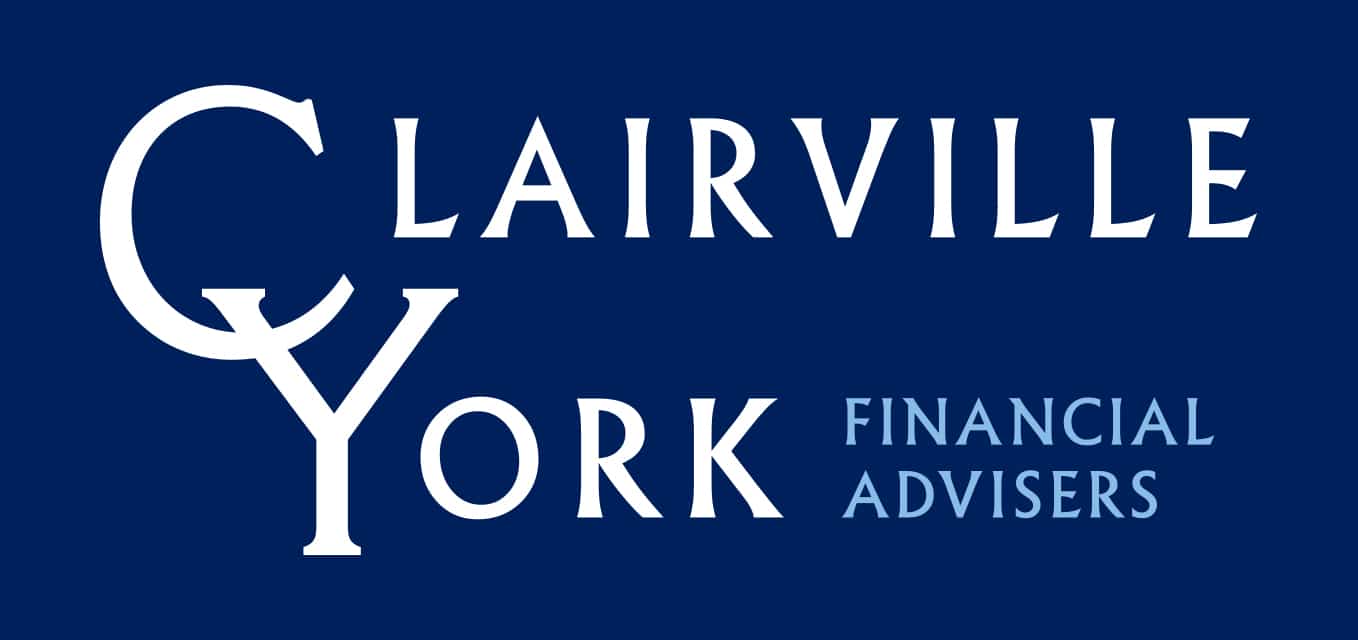An alternative investment to VCTs, or one that could run alongside them, are Enterprise Investment Schemes (EIS). Launched in 1994 (a year before VCTs) EISs offer the opportunity to invest directly into small and developing companies in a tax-efficient manner.
The companies must be unquoted, have less than £15 million of assets, less than 250 employees and must have been trading for less than seven years. The monies raised cannot be for the replacement of capital, and the company must be carrying out what is defined as a qualifying trade. Different criteria exist for Knowledge Intensive Companies.
Although EISs carry similar tax benefits to VCTs, they allow for larger total investments into one or a number of qualifying companies of up to £1 million in a year. Total combined investment into EISs and VCTs cannot exceed £5 million in one year, or £12 million in a lifetime.
EISs carry the additional benefit of being able to use investments into them to defer CGT liabilities. A CGT liability incurred on a totally unconnected asset, where disposal of that asset took place in the period between up to 12 months prior to an EIS investment and 3 years afterwards, can be deferred by an EIS investment, namely a four year ‘window’. This facility is available to both individuals and trustees. Where gains arise on the EIS investment, taper relief is available.
EIS investments can be used for tax-efficient profit extraction, as a replacement for Business Relief and to assist with possible IHT liabilities. The benefit of potentially reducing IHT liabilities means that EISs may hold a greater appeal for older clients.
The potential benefits of EISs and how they may be appropriate for an individual are best discussed with an Independent Financial Adviser, who will have a fuller understanding of the client’s circumstances.

